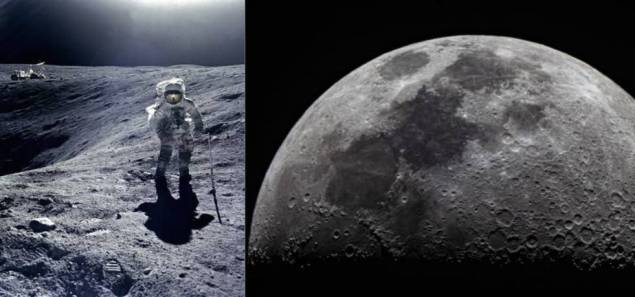NASA had hoped that the Artemis II mission would bring humans back to lunar orbit in November 2024, but those big plans have been put on hold.
NASA officials said on Tuesday that Artemis II won’t take off until at least September 2025. They said this was because the equipment needed to keep astronauts safe is still being tested.
The next mission, Artemis III, to land on the moon has been pushed back to 2026 because of this delay.
It looked like 2024 would be a big year for space. To be fair, it still is. NASA finally plans to send the Europa Clipper toward Jupiter’s most likely place for life. This year will also be the closest pass of the Parker Solar Probe to the Sun.
But the long-awaited Artemis II project was finally going to send people back to lunar orbit. We need to take that one off the list now.
A statement from NASA on Tuesday said that the space agency needs a little more time—nearly a year of time—to make sure that the Artemis II mission goes well. NASA’s new goal for the journey is September 2025, instead of the original date of some time in November 2024.
And, like most real-world traffic jams, the holdup doesn’t end with the Artemis II operation. Another project that has been pushed back is Artemis III, which will put boots on the Moon’s surface in 2026.
NASA Administrator Bill Nelson said in a news release, “We are returning to the Moon in a way we have never done before, and the safety of our astronauts is our top priority as we prepare for future Artemis missions.” “Since Artemis I, we’ve learned a lot, and the success of these early missions depends on our business and international partnerships to help us learn more about our solar system and how humans fit into it.”
The original date that NASA set for landing on the Moon was 2024. In 2021, the Government Accountability Office said that this date was not possible. After that, the date was changed to 2025.
NASA found a lot of char loss from the heat shield when they tested the Orion capsule during Artemis I in 2022. This is one of the main problems the Artemis team needs to fix. The SLS, Orion, and other mission systems were to be tested on the first Artemis journey, which did not have any people on board. NASA said after the mission that “the ablative material that helps protect the capsule from the extreme heat of reentry wore away differently than predicted.” NASA says it wants to finish its study by the spring of 2024.
Something else that is hard is the electrical system that is used during a crew abort move to pull the capsule away from the SLS. NASA said that during testing, the system wasn’t working “as expected” and that it will need to be looked into further.
Read More: The State Government of Mexico Says Tesla Has Been Given Permission to Use Land for a Gigafactory
Of course, NASA’s now-famous Apollo program in the 1960s and early 1970s also had problems with flight delays. The worst one happened when the Apollo 1 crew burned alive on the launch pad during a test failure. This almost put an end to the whole space program. The things NASA said on Tuesday show a strong desire to never repeat that part of history.
In a press release, NASA assistant administrator Catherine Koerner said, “We are letting the hardware talk to us so that crew safety drives our decisions.” “The Artemis II flight test and every flight after it will help us make future missions to the Moon safer.”
What do you say about this story? Visit Parhlo World For more.


